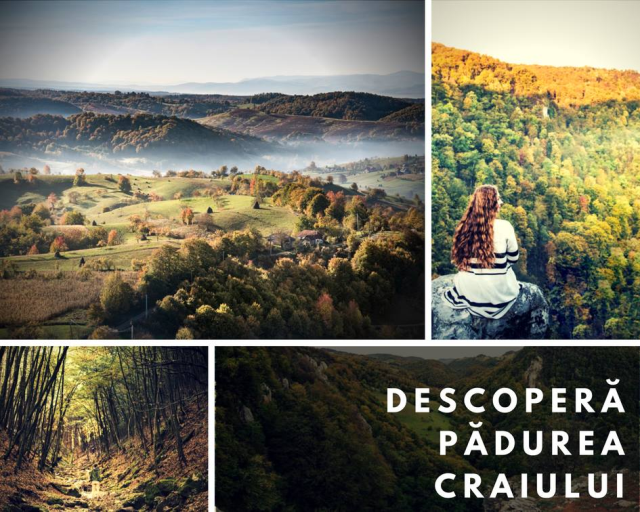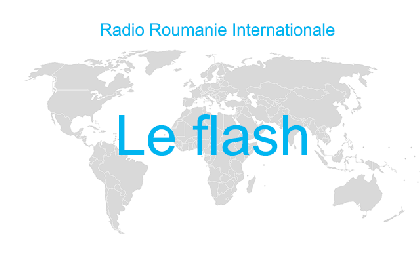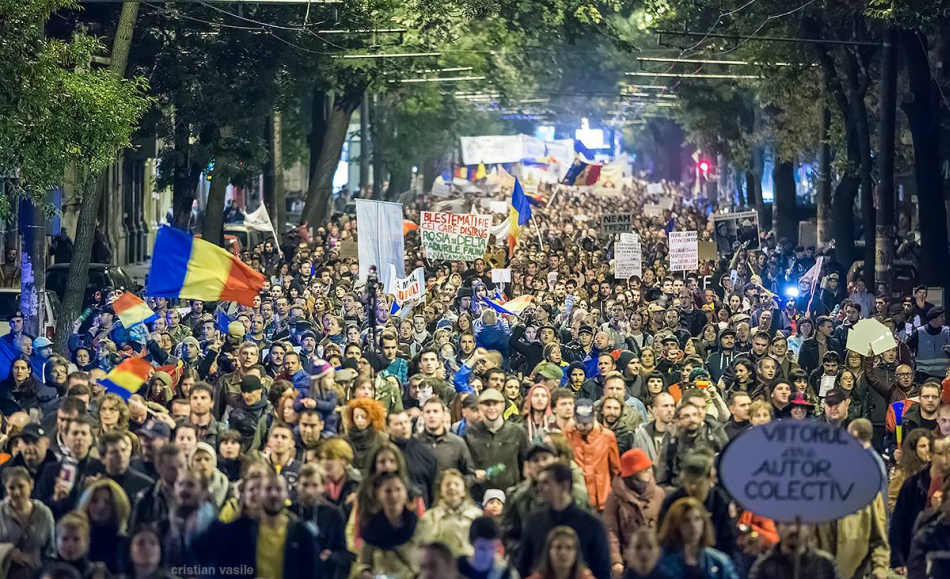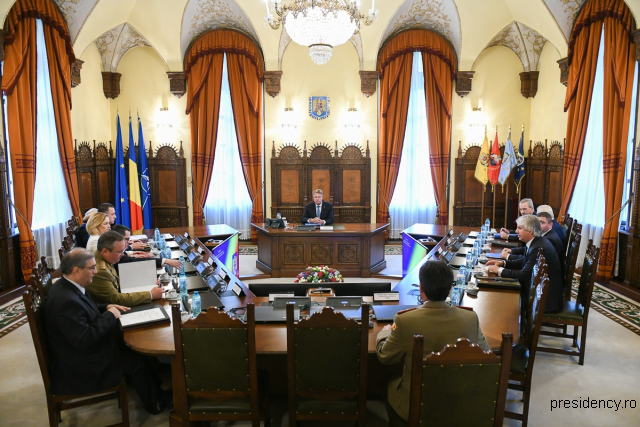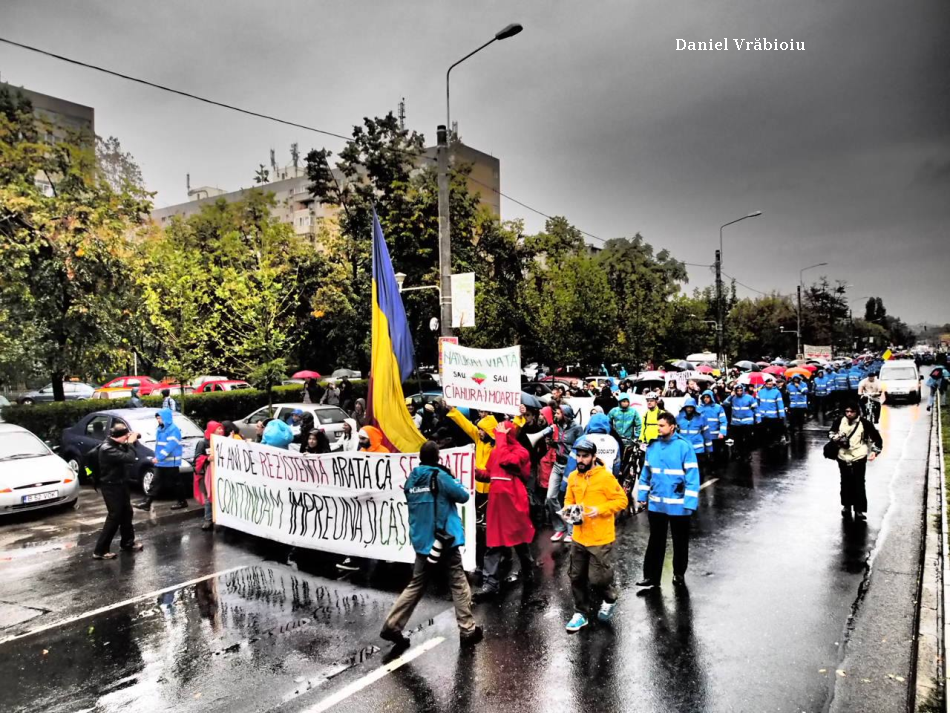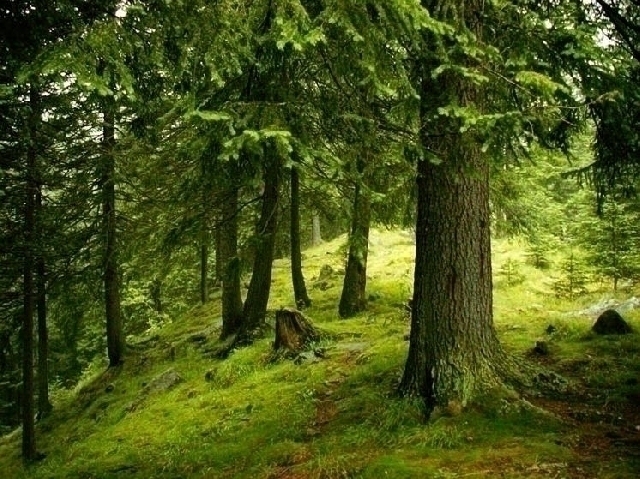Brexit — Le Royaume-Uni est, à partir du 1er février, le premier Etat de lhistoire à quitter l’Union européenne. L’économie britannique comptait pour 15% de l’économie de l’Union, alors que Londres est la capitale financière du monde. Le Royaume-Uni était également l’Etat de l’UE avec le budget de la défense le plus important. Le Royaume-Uni avait rejoint les Communautés européennes à peine en 1973, 16 ans après la signature du Traité de Rome, et 22 ans après la création de la Communauté européenne du charbon et de l’acier réunissant la France, l’Allemagne fédérale, l’Italie et le Benelux. En 2016, les Britanniques ont décidé par référendum de quitter l’UE, ce qui a entrainé un processus controversé et compliqué de négociations internes et externes. Une période transition commence ce samedi et durera jusqu’à la fin de l’année. Un des aspects les plus importants, c’est l’accord commercial qui devrait empêcher l’apparition d’une série de tarifs entre les deux entités. La Roumanie regrette la décision de la Grande Bretagne et exprime son espoir qu’elle reste un partenaire proche et un allié digne de confiance, avec lequel elle partage le même système de valeurs, déclarait le président Klaus Iohannis. Il souligne que Bucarest a eu pour principal objectif de protéger les droits et intérêts légitimes des citoyens roumains qui habitent, travaillent et étudient au Royaume-Uni, dûment reflété dans l’Accord de retrait. Pour l’avenir, la Roumanie souhaite approfondir le partenariat stratégique avec le Royaume-Uni, de manière à ce que les relations bilatérales post-Brexit soient renforcées, ajoute encore le président Iohannis.
Motion de censure — La motion de censure contre le gouvernement monocolore libéral de Bucarest, déposée par le PSD, d’opposition, sera présentée lundi au plénum du Parlement. La date du débat et le vote de la motion de censure devraient être décidés au cours d’une nouvelle réunion des Bureaux permanents des deux Chambres. Cette initiative est une réponse à la décision du gouvernement Orban d’engager sa responsabilité politique afin de faire adopter un projet de loi électorale visant l’élection des maires suite à deux tours de scrutin, six mois avant les élections municipales. La motion déplore la décision de l’actuel exécutif de modifier le système électoral à la veille du scrutin, l’accusant de transgresser les normes européennes et d’avoir adopté ces modifications d’une manière unilatérale, sans aucune consultation, ni débat. Selon le président de la Chambre des députés et leader par intérim du PSD, Marcel Ciolacu, il s’agit de l’abus de pouvoir le plus important de ces dernières années. Les libéraux affirment que le retour aux élections municipales à deux tours de scrutin confère aux élus locaux plus de légitimité et de représentativité. Selon les responsables sociaux-démocrates, la motion serait soutenue par 233 élus nationaux sur 465, soit le nombre minimum nécessaire pour qu’elle soit adoptée. Pour sa part, M Orban se déclare prêt quel que soit le résultat du vote, soulignant que ses objectifs étaient d’assurer un gouvernement stable et de remporter les prochaines élections locales et législatives.
Sommet — Le premier ministre roumain, Ludovic Orban participera au sommet du groupe « Les amis de la cohésion », qui se déroule samedi à Beja, au Portugal. Selon un communiqué de l’exécutif de Bucarest, ce Sommet réunira chefs d’Etats et de gouvernements et ministres des Etats membres de l’UE. La participation du chef du cabinet de Bucarest, Ludovic Orban, et du ministre des Fonds européens, Ioan Marcel Boloş, à la réunion du groupe des amis de la cohésion est extrêmement importante, dans le contexte de l’accélération du rythme des négociations pour le nouveau cadre financier pluriannuel 2021 — 2027, lit-on dans le communiqué du cabinet roumain.
Coronavirus — Aucun cas d’infection au coronavirus en provenance de Chine n’a été confirmé en Roumanie, a annoncé le Comité interministériel de suivi et de gestion des éventuelles infections au nouveau virus. Dans les aéroports et dans les centres médicaux désignés à traiter les éventuels malades, les mesures déjà décidées seront maintenues. L’Autorité nationale pour la protection des Consommateurs a assuré qu’il n’y avait aucun risque de contamination au nouveau coronavirus par le biais des différents produits, jouets et livres provenant de Chine. La durée de vie du virus à l’extérieur du corps humain est de seulement 24 heures, alors que le transport d’un conteneur de marchandises de Chine et jusqu’en Roumanie s’étend sur une période de 30 à 35 jours. L’OMS a déclaré la propagation du nouveau coronavirus une urgence internationale. Le bilan de l’épidémie s’est alourdi à 213 morts alors que le nombre des personnes infectées s’élève à plus de 10.000 en Chine et dans le monde.
Grippe — 11 personnes sont décédées en Roumanie à cause de la grippe saisonnière, selon le Centre national de suivi et de contrôle des maladies transmissibles. Les spécialistes ont annoncé que la semaine du 20 au 26 janvier a été la première semaine épidémique de cet hiver. La grippe a mené aussi à la suspension partielle ou totale des cours dans des écoles de Bucarest et du pays, qui affecte 5500 élèves. Le ministère de l’Education précise que ce chiffre n’est pas celui des enfants malades. La Bulgarie voisine est aussi touchée, l’épidémie étant déclarée dans 19 régions. Les cours ont été suspendues dans quelque 1900 écoles et maternelles du pays voisin.
Roşia Montană — Le ministre roumain de la Culture, Bogdan Gheorghiu, a annoncé ce vendredi avoir décidé de reprendre la procédure afin de faire inclure la zone de Roşia Montană au patrimoine de l’UNESCO. Roşia Montană a été le centre minier le plus actif des Monts Apuseni, à compter de l’Age du bronze, a continué de l’être dans l’antiquité, au Moyen Age et à l’époque moderne. L’exploitation minière traditionnelle, fondée sur l’initiative des familles et de petites associations de mineurs a pris fin suite à la nationalisation de 1948. Une forme d’exploitation minière industrielle, à grande échelle, s’est ensuivie, qui s’est achevée en 2006. La protection internationale de cette commune des Monts Apuseni a été demandée par plusieurs ONGs, dans l’espoir que la réalisation d’un projet controversé et contesté d’exploitation aurifère. Jusqu’ici, la liste du patrimoine culturel mondial de l’UNESCO compte en Roumanie le delta du Danube, la cité de Sighişoara, le monastère de Horezu, les églises peintes du Nord de la Moldavie, les églises en bois du Maramureş, les villages saxons aux églises fortifiées de Transylvanie et les forteresses daciques des Monts Orăştiei.
Pauvreté — La Roumanie a fait des progrès dans la réduction du risque de pauvreté chez les personnes qui ont un emploi, indiquent les données publiées ce vendredi par l’Eurostat. Malgré cela, la Roumanie est restée, en 2018 aussi (année du reporting), l’Etat communautaire avec le risque de pauvreté le plus élevé pour les personnes occupées, 15,3%, alors que la moyenne européenne est de 9,5%. A l’opposé, le risque moindre de pauvreté parmi les personnes occupées était à retrouver en Finlande, en République tchèque, en Irlande, Belgique et en Croatie. Les données Eurostat indiquent aussi qu’en cette dernière décennie, le taux des personnes qui ont un emploi, mais sont exposées au risque de pauvreté s’est accru dans la plupart des Etats membres de l’UE, mais les baisses les plus grandes ont été constatées en Grèce, en Lettonie et en Roumanie.
Langue roumaine — L’Académie roumaine demande aux autorités de République de Moldova de préserver l’utilisation des notions correctes et consacrées de langue roumaine et d’histoire des roumaines, les uniques notions valables pour dénommer ces réalités. L’Académie se déclare inquiétée par la tentative du pouvoir de Chisinau de réintroduire la notion de « langue moldave », inventée par la propagande soviétique et souligne que la langue moldave n’existe pas. Il s’agit en fait de la langue roumaine parlée avec un certain accent local. Le président pro-russe de la République de Moldova, Igor Dodon, affirme que la langue d’Etat devrait être le moldave alors que les écoles devraient enseigner l’histoire de la Moldavie. En décembre 2013, la Cour Constitutionnelle de Chisinau a décidé que la langue roumaine et non pas la langue moldave était la langue d’Etat en République de Moldova. Les concepts de langue et de peuple moldave ont été brevetés par le régime stalinien de Moscou pour justifier l’annexion en 1940, suite à un ultimatum des territoires de l’Est de la Roumanie, sur les fondements desquels l’actuelle République de Moldova fut créée. Selon un récent sondage d’opinion 34% des ressortissants de ce pays se déclarent favorables à une réunification avec la Roumanie.
Séisme — Un tremblement de terre d’une magnitude de 5,2 sur l’échelle ouverte de Richter a eu lieu ce vendredi en Roumanie, annonce l’Institut national de physique de la terre. L’épicentre a été identifié dans la région de Vrancea, dans l’est à une profondeur de 121 kilomètres, et il a été ressenti à Bucarest et dans plusieurs villes dont Chisinau en République de Moldova voisine. C’est le séisme le plus fort cette année en Roumanie. Le séisme le plus grave à avoir frappé la Roumanie a été celui du 4 mars 1977, d’une magnitude de 7,2, il a tué quelque 1500 personnes et provoqué d’importants dégâts. Un séisme similaire provoquerait l’écroulement de centaines de bâtiments à Bucarest, mettent en garde les spécialistes.
Bob — Au Championnat d’Europe de bob, l’équipage roumain formé de Mihai Tentea et Ciprian Daroczi sont arrivés jeudi en tête du classement général de l’épreuve masculine des moins de 23 ans. Après 8 étapes, les Roumains ont devancé le Letton Oskars Melbardis, champion du monde et champion olympique, et ont remporté la Coupe d’Europe. C’est pour la première fois qu’un équipage roumain réussit cette performance. Par ailleurs, au Championnat de l’Europe de luge, qui se déroule à Winterberg, en Allemagne, le duo roumain Marian Gîtlan et Flavius Crăciun a décroché la médaille de bronze, toujours à la catégorie des moins des 23 ans.

